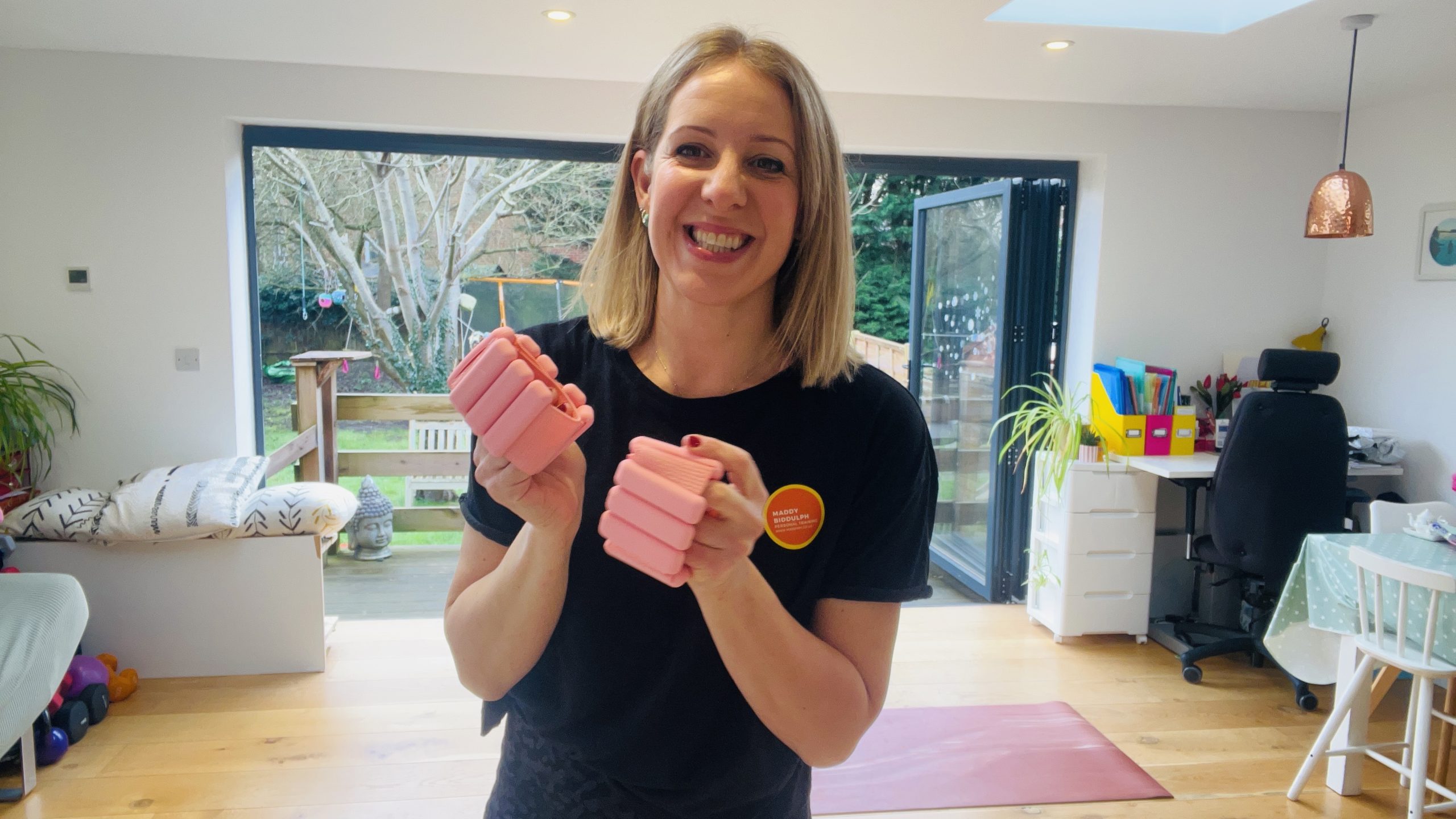Summary
While the technology is new to me, the vibrating plate technology was originally created by Dr. Gustav Zander in the Victorian era and perfected through modern-day science, and came from a desire to work smarter and not harder to improve physical fitness. Of course, it sounds like a dreamthough maybe too good to be true?
Source: Vogue
Exclusive AI-Powered News Insights (For Members only)
Disclaimer:This content is AI-generated from various trusted sources and is intended for informational purposes only. While we strive for accuracy, we encourage you to verify details independently. Use the contact button to share feedback on any inaccuracies—your input helps us improve!




